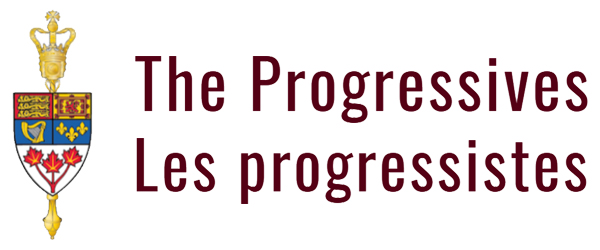Hon. Patricia Bovey: Honourable senators, my question is for the representative of the government. Senator Gold, first I want to thank the government for opening up some funding for small regional heritage sites that are absolutely destitute during COVID-19. A few thousand dollars made a huge difference.
However, there is one part of our patrimoine that was left out — our lighthouses. As you know, I inherited Senator Greene Raine’s lighthouse file. I have kayaked to some working ones and climbed some decommissioned ones that are under restoration. The latter are amazing pieces of Canadian history with an important future role. They preserve our heritage and are beacons for the future, participating in scientific ocean whale research and projects on shipping and effects on marine life and more, in keeping with Bill C-55. One on Vancouver Island has installed solar panels, which means they have no hydro bills.
These organizations raise their own money. They have some provincial assistance and in the case of Sheringham Point on Vancouver Island, they have received federal support with hydrophones and monitoring equipment from DFO, no cameras and no support for their work for the work of the federal government itself. I know that’s the case for many.
Senator Gold, how can these heritage lighthouses access federal support, which, in my view, should involve Heritage, Fisheries and Oceans, and Innovation, Science and Economic Development, so they can be engaged to the full with the much-needed scientific research going forward?
Hon. Marc Gold (Government Representative in the Senate): Thank you very much for your question, senator. I became very aware of the importance of our lighthouses when I served as deputy chair of this chamber’s Standing Senate Committee on Fisheries and Oceans. The work of Senator Greene Raine in this regard really was an inspiration to all of us.
The government advised me that Fisheries and Oceans and the Canadian Coast Guard will continue to work to identify responsible new owners for those cherished lighthouses that you mentioned, and certainly those that were nominated under the Heritage Lighthouse Protection Act. Parks Canada Historic Sites and Monuments Board will continue to collaborate with DFO to facilitate the designation of as many heritage lighthouses as possible to ensure the protection of their heritage character for the benefit and enjoyment of generations to come.
Currently, Parks Canada administers 11 heritage lighthouses and includes 6 national historic sites. They’re used for various program requirements, including interpretation, visitor facilities and, of course, the protection of species at risk.
In October, the minister responsible for Parks Canada announced the designation of Cape George Lighthouse, Bras d’Or Lake, in St. Peter’s, Nova Scotia; and Annandale Range Rear Lighthouse in Annandale, Prince Edward Island as heritage lighthouses under the act. With these new designations, a total of 102 lighthouses in eight provinces have now been protected under the Heritage Lighthouse Protection Act, so the government is acting. Thank you for your question.
Senator Bovey: I believe it would be beneficial to the monitoring and research of our oceans and lakes if we can utilize these existing assets to further the research. The University of Aberdeen has used lighthouses as field stations to further its research on the effects of man-made and natural environmental changes on marine mammals and seabirds, amongst other areas of research. Lighthouse stations along the B.C. coast have measured ocean temperature for the past 100 years, adding to our understanding of warming oceans.
Senator Gold, I wonder if you could make inquiries as to what kind of funding is available to enable lighthouses as centres of scientific research, coupled with their, as you say, very important work of heritage. There are gaps, and we could fill those gaps very effectively if you could give some indication of assistance that they might expect.
Senator Gold: Senator, I will certainly make inquiries, but you will allow me to observe that scientific research at any site requires not only federal government funds for the physical space but also requires the engagement and planning of the community of researchers and scholars. So in addition to the inquiries I would make, I encourage those who wish to see these sites used for those purposes to seek their partnerships with the local academic and other research communities so a plan can be brought forward that involves the research being proposed and the suitability of the site for that research. That would certainly make a stronger case in any given funding application or inquiry.
